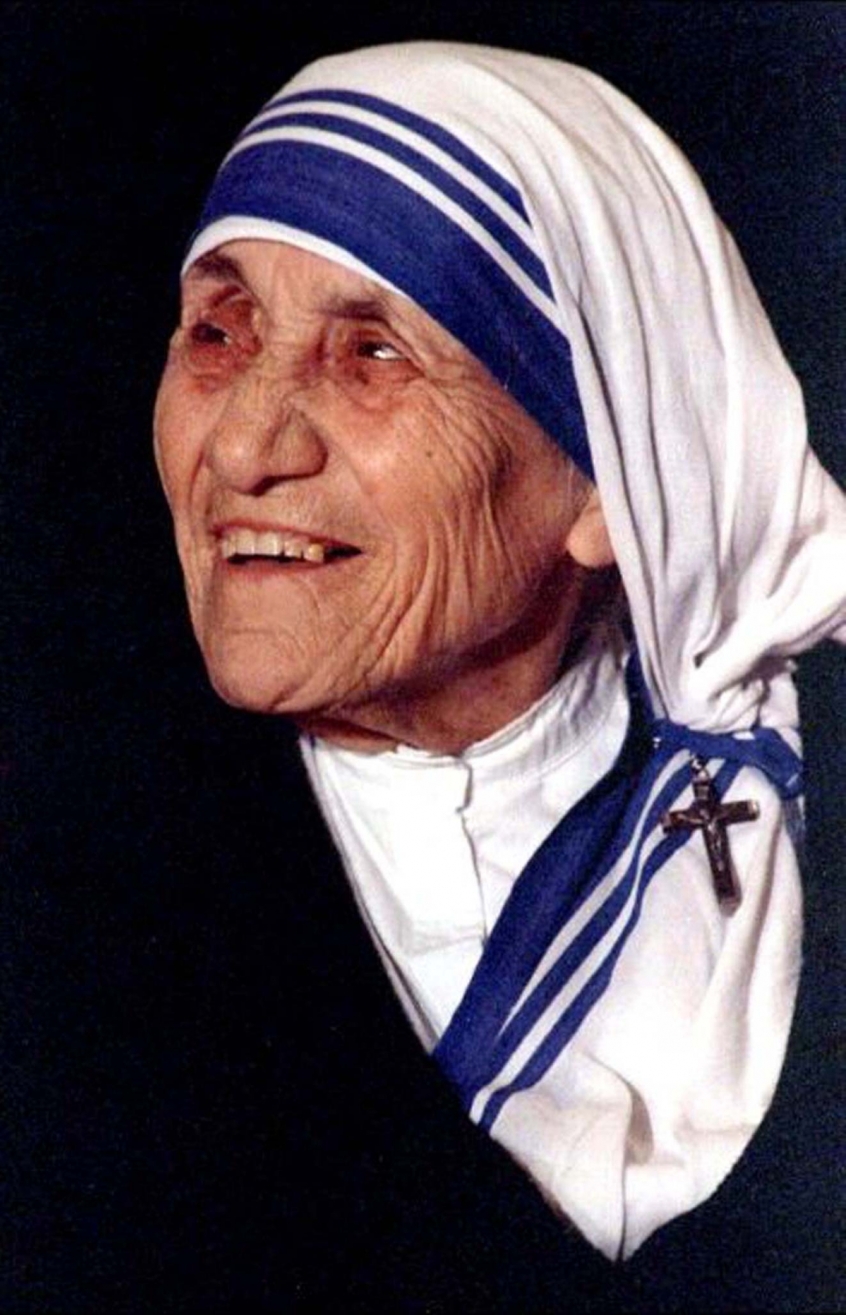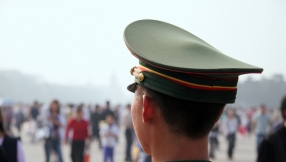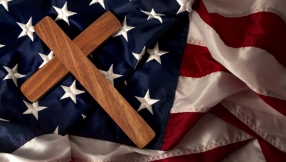
Mother Teresa's iconic white and blue cotton sari is now a registered trademark.
The typical Indian dress, which the Missionaries of Charity have worn around the world since 1950, is now under intellectual property rights held by the congregation founded by the saint of Calcutta, according to Asia News.
'The Trade Marks Registry...has granted the registration of the trademark for the pattern of blue border of sari,' said intellectual property attorney, Biswajit Sarkar.
The sari pattern was recognised as intellectual property on 4 September 2016, the day of Mother Teresa's canonisation.
The application was filed on 12 December 2013 and granted after 'a stringent test of legal proceedings' of nearly three years, Asia News reported.
'The Missionaries of Charity do not believe in publicity and as such it was not publicised,' Sarkar said. But 'since we are witnessing unscrupulous and unfair usage of the design across the globe, we are now trying to spread awareness among people about the trademark'.
The congregation's website records that Sister Gertrude, the second nun to join the Missionaries, said that Mother Teresa wore the white and blue sari for the first time in 1948, and with that dress she 'ventured into the streets of Calcutta'.
It continues: 'Since 1950, the dress has become the sisters' identifying feature and has come to be recognised as a symbol of peace and charity the world over.
'Mother selected the blue border, for we associate the colour blue with Mother Mary. It stands for purity. Also in those days women who swept the streets used to wear a similar kind of a sari. So, Mother adopted a religious dress that was both symbolic and practical - it not only helped to identify ourselves with the poor but was also suitable to Calcutta's searing climate.
'In 1958 when the Missionaries of Charity opened a home for leprosy patients at [the Gandhiji Prem Niwas] in Titagarh and found that many of them were out of work, they bought them looms and asked them to weave saris for the nuns. Thus, a tradition was born, and today the leprosy home weaves about 4,000 Sari a year, which are distributed among nuns all over the world.
'The religious dress of the Missionaries of Charity bears special significance. The colour of their sari - white - stands for truth and purity while the three blue borders each signify the vows that the nuns of the Order take: the first band represents Poverty, the second Obedience and the third broad band represents the vows of Chastity and of Wholehearted free service to the poorest of the poor. The Cross worn on the left shoulder symbolises that, for the Missionaries of Charity, Jesus on the Cross is the key to the heart.
'Novices wear white saris without the three blue stripes. When they are ready to take vows after four years of formation, they receive the blue-striped sari of the Congregation. Each sister possesses only three saris.'













